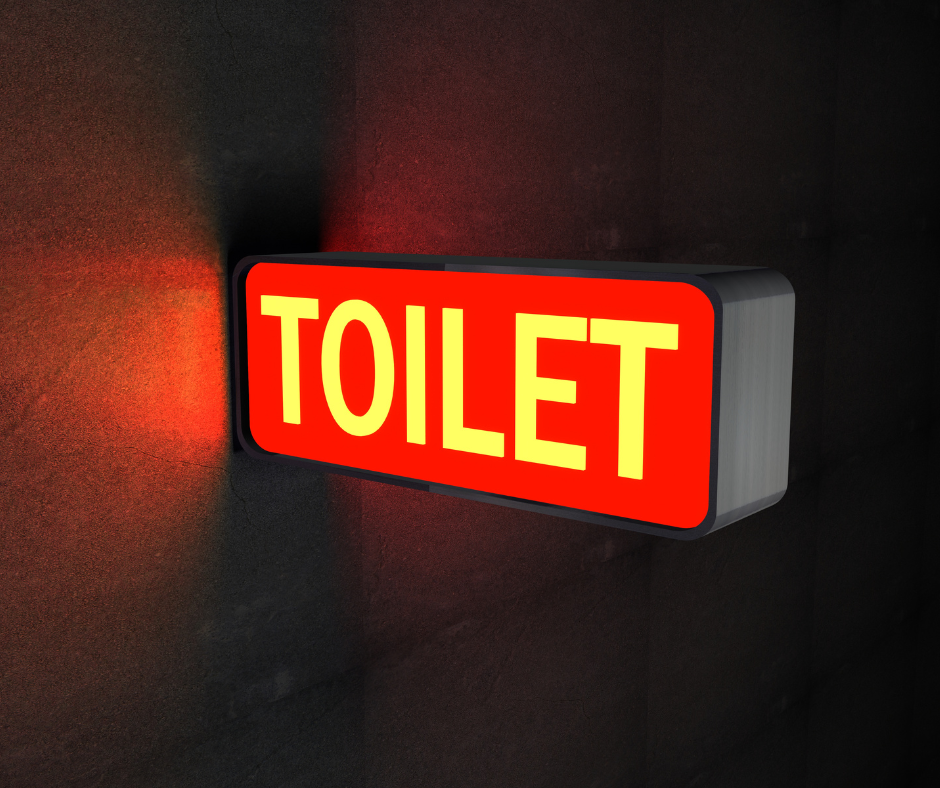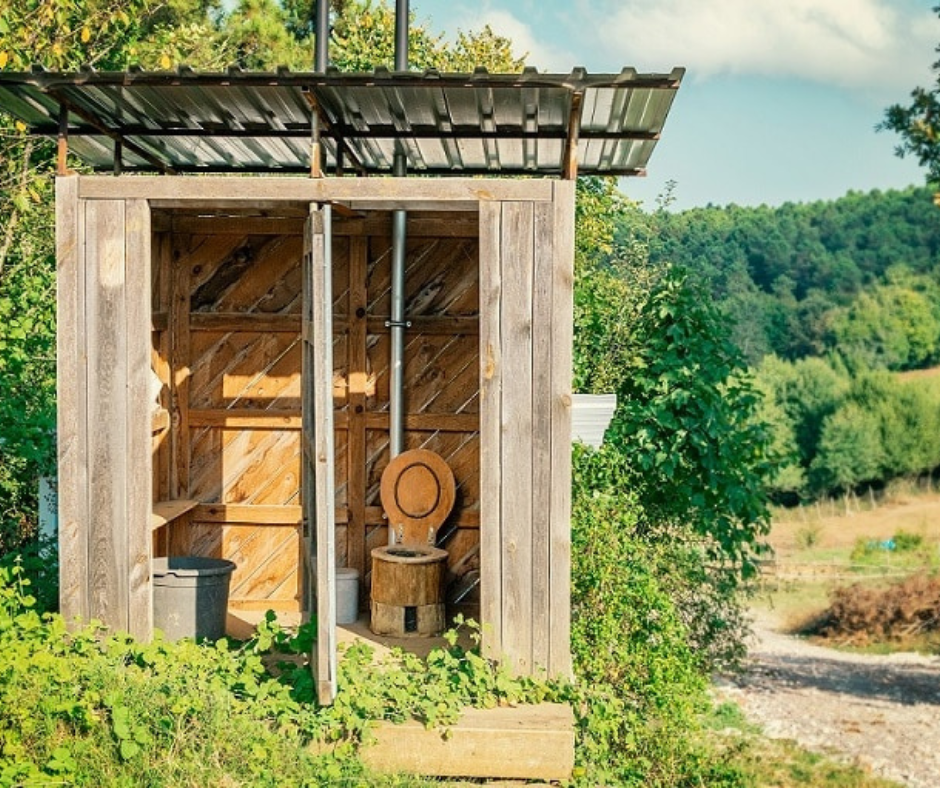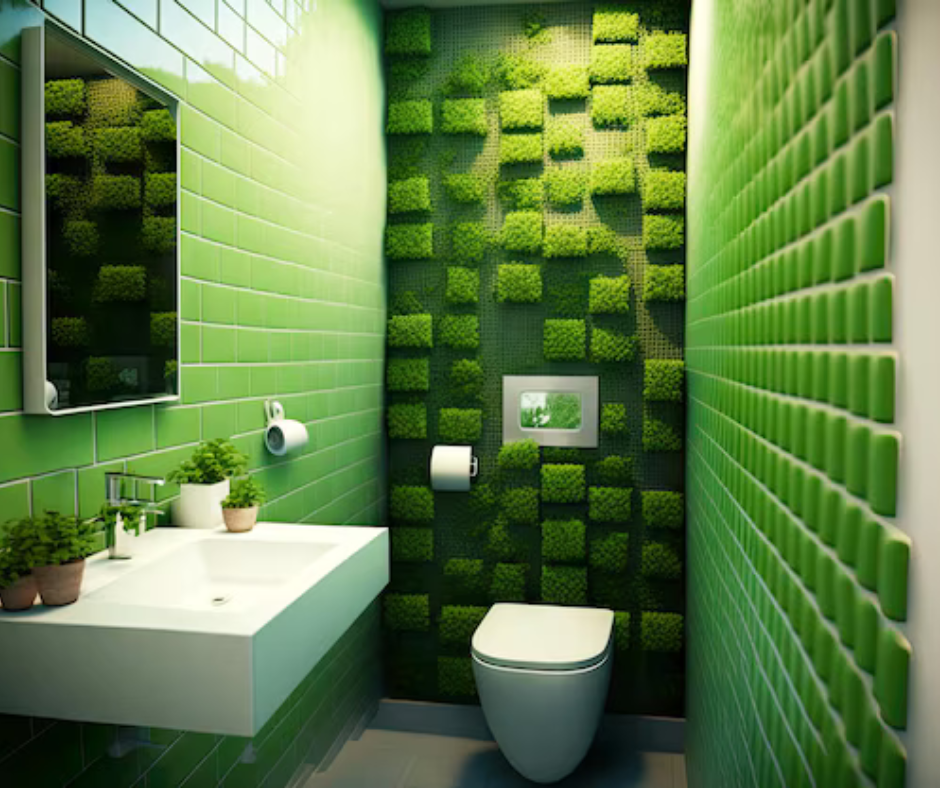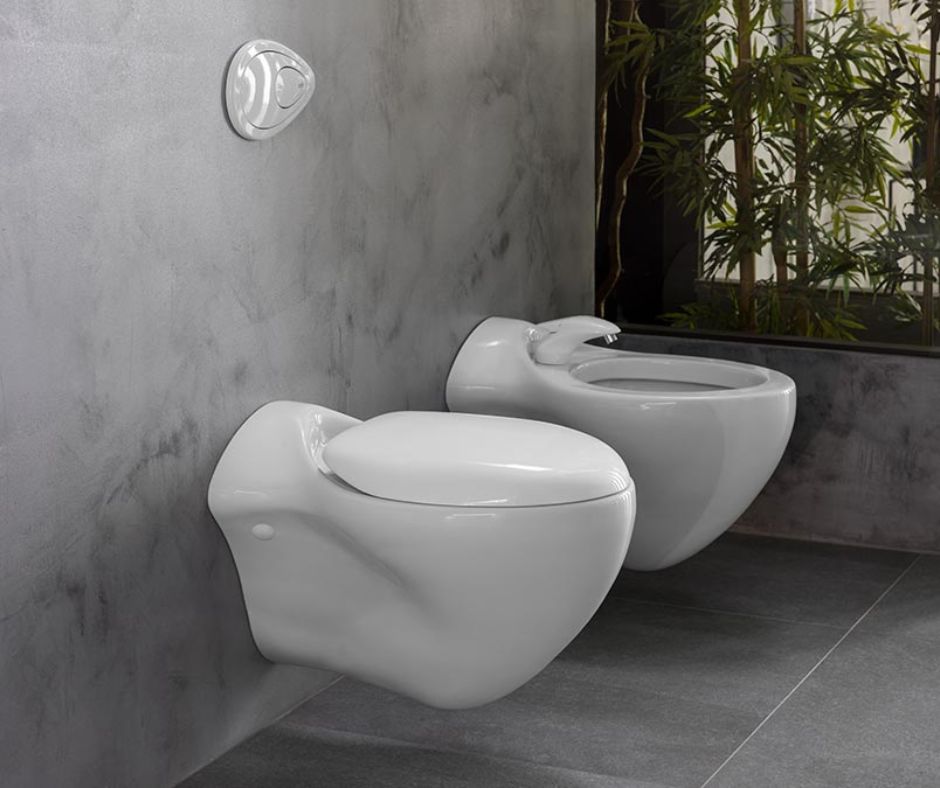Eco-Friendly Toilets
In an age where sustainability is becoming increasingly important, the choices we make for our homes can significantly impact the environment.
One area where this is particularly evident is in our bathrooms. Eco-friendly toilets are leading the charge in reducing water usage and minimizing waste, making them a smart choice for anyone looking to contribute to a greener planet.
In this guide, we’ll explore the benefits of eco-friendly toilets, how they work, and why they might be the perfect addition to your home.

Understanding Eco-Friendly Toilets
Eco-friendly toilets, which come in different types, help save water and reduce environmental impact. They offer many benefits for homes and businesses.
The Basics of Eco-Friendly Toilets
Eco-friendly toilets use less water than regular ones. Standard toilets use 1.6 gallons per flush, and older models can use up to 6 gallons. Meanwhile, new eco-toilets only need 1.28 gallons or less.
Some eco-toilets have two flush options:
- Slight flush for liquid waste
- Larger flush for solid waste
This setup saves even more water. Composting toilets don’t use water at all. They turn waste into compost instead.
Eco-toilets can look like normal ones. Many fit easily in place of old toilets. They work just as well but are better for the planet.
Benefits of Sustainable Toilet Systems
Eco-toilets reduce water use by 20% or more, which saves money on water bills and helps areas with water shortages.
These toilets are good for the environment:
- Less water waste
- Lower energy use for water treatment
- Fewer chemicals needed
Some eco-toilets make fertilizer from waste. This helps reduce pollution and supports plants.
Eco-toilets often last longer than regular ones. They need less fixing and are made to work well for years, which means less waste from old toilets goes to landfills.

Types of Eco-Friendly Toilets
Eco-friendly toilets come in several varieties to reduce water usage and environmental impact. Each type offers unique benefits for conservation-minded homeowners and businesses.
Composting Toilets
Composting toilets break down waste without using water. They contain waste in a chamber with organic material like sawdust or coconut coir. Bacteria decompose the waste into compost over time.
These toilets work well in off-grid locations. They don’t need plumbing or sewage connections, and as a byproduct, composting toilets produce usable fertilizer.
Regular maintenance is needed to manage odors and ensure proper decomposition. While less common in homes, they’re popular at campsites and remote areas.
Low-flow and Dual-Flush Toilets
Low-flow toilets use much less water than older models. Standard low-flow toilets use about 1.6 gallons per flush; high-efficiency models use even less, around 1.28 gallons or less.
Dual-flush toilets have two flush options. A light flush uses less water for liquid waste, and a full flush uses more water for solid waste. This system saves water by matching flush volume to need.
Many low-flow and dual-flush toilets carry the WaterSense label. This EPA certification shows that they meet water efficiency standards and can significantly reduce household water use.
Waterless and Incinerating Toilets
Waterless toilets use no water. Some models separate liquid and solid waste. They often use fans or chemicals to control odors. These are common in parks and portable toilets.
Incinerating toilets burn waste at high temperatures, turning it into ash, which is easy to dispose of. They need electricity or gas to operate. They work well in areas without water or sewer access.
Both types eliminate the need for water and plumbing. This makes them useful in remote locations or areas with water shortages. However, they may have higher upfront costs and energy use than eco-friendly options.

Installation and Maintenance
Setting up and maintaining eco-friendly toilets requires some specialized knowledge. These systems have unique needs compared to traditional toilets. Proper care ensures they work well and last a long time.
Setting Up Eco-Friendly Toilets
Installing an eco-friendly toilet takes careful planning. The first step is choosing the right spot. Good airflow and access for cleaning are key. Some models need a power source for fans or heating elements.
Most composting toilets need a way to drain excess liquid. This could be a pipe to a garden or a special tank. The toilet base must be level and secure. Follow the maker’s instructions closely during setup.
Ventilation is crucial for waterless models. A vent pipe often runs from the toilet to the roof, helping control odors and speeding up composting.
Ongoing Maintenance Requirements
Regular upkeep keeps eco-friendly toilets working well. Empty the solid waste bin as needed, usually every few months. Add a carbon-rich material like sawdust after each use. This helps balance moisture and reduce smells.
Clean the bowl and seat often with mild soap. Avoid harsh chemicals that could harm helpful bacteria. Check vents and fans monthly to ensure they’re not blocked.
For composting toilets, stir the compost pile regularly. This speeds up breakdown and prevents clumping. Monitor moisture levels in the compost. It should be damp, not wet or dry.
Self-Cleaning Features
Some eco-friendly toilets have self-cleaning features. These can make upkeep easier.
Rotating bowls helps mix waste with composting material. This reduces the need for manual stirring.
After each use, automatic spray systems clean the bowl, keeping the toilet fresh and reducing manual cleaning. Some models have UV lights that kill germs.
Heat-assisted composting toilets speed up waste breakdown. This means less frequent emptying. Smart sensors can alert users when maintenance is needed.
These features can save time but may need more complex setups. They also often require electricity to work.

Environmental and Economic Impacts
Eco-friendly toilets offer many benefits for the planet and people’s wallets. They save water, reduce pollution, and can even produce helpful compost.
Water Conservation and Water Bills
Eco-toilets use much less water than regular toilets. Old toilets waste up to 6 gallons per flush, while new eco-models use as little as 0.8 gallons. This big drop in water use helps fight water scarcity and leads to lower water bills for homes and businesses.
Some eco-toilets use little water. Composting toilets turn waste into soil, and vacuum toilets use air to flush. In dry areas, these save even more water.
As climate change worsens droughts, saving water becomes more important. Eco-toilets play a key role in water conservation efforts.
Reduction in Ecological Pollution
Regular toilets can harm the environment. They send waste to treatment plants that use energy and chemicals, creating greenhouse gases and pollution.
Eco-toilets reduce these issues by using less energy. Some even make their power from waste.
Composting toilets keep waste out of water systems, helping to protect rivers, lakes, and oceans and stopping harmful chemicals from entering nature.
By reducing pollution, eco-toilets help fight climate change. They also protect plants and animals from toxic runoff.
Compost as a Natural Fertilizer
Some eco-toilets turn human waste into compost. This rich soil helps plants grow without chemical fertilizers.
Compost is full of nutrients, like nitrogen, which plants need to thrive. Using this natural fertilizer reduces the need for man-made products.
Compost from eco-toilets can help grow food or trees. This cuts down on deforestation and helps the planet. It also saves money on store-bought fertilizers.
Farmers and gardeners can use this compost to boost crop yields, helping to feed more people with less land and resources.

Choosing the Right Eco-Friendly Toilet
Selecting an eco-friendly toilet involves considering water efficiency, features, and brand reputation. Key factors include flush volume, certification, and user experience.
Evaluating Different Models and Features
Water efficiency is crucial when choosing an eco-friendly toilet. Look for models that use 1.28 gallons per flush (gpf) or less. Some ultra-efficient toilets use as little as 0.8 gpf.
The EPA WaterSense label indicates a toilet meets strict efficiency standards. Dual-flush mechanisms offer liquid and solid waste options, further reducing water use.
Consider bowl shape and size. Elongated bowls provide more comfort, while round bowls suit smaller spaces. Some eco-friendly toilets include bidets, heated seats, or special glazes for easier cleaning.
Consumer Reviews and Ratings
Reading user reviews helps gauge real-world performance and satisfaction. Look for feedback on flushing power, noise levels, and ease of cleaning.
Pay attention to comments about installation and maintenance. Some eco-friendly toilets may require special care or parts.
Professional review sites often test multiple models side-by-side. These comparisons can reveal differences in water efficiency, flushing effectiveness, and long-term durability.
Identifying Reputable Brands
Well-known brands like Kohler, TOTO, and American Standard offer a range of eco-friendly options. These companies have established track records for quality and customer support.
Newer brands like Niagara focus specifically on water-saving technology. Their Stealth toilet, for example, uses only 0.8 gpf.
Some brands specialize in unique eco-friendly solutions. Incinolet offers waterless, incinerating toilets for off-grid locations.
Look for brands that disclose their products’ environmental impact and water-saving features. This transparency often indicates a commitment to sustainability.
Wrapping Up
As we continue to seek ways to reduce our environmental footprint, eco-friendly toilets offer a practical and impactful solution.
By choosing a toilet designed with water conservation and efficiency in mind, you contribute to a more sustainable future and enjoy long-term savings on your utility bills.
Whether you’re remodeling your bathroom or simply looking for ways to live more sustainably, an eco-friendly toilet is a step in the right direction.
Embrace the change today and participate in the movement towards a greener, cleaner world.


